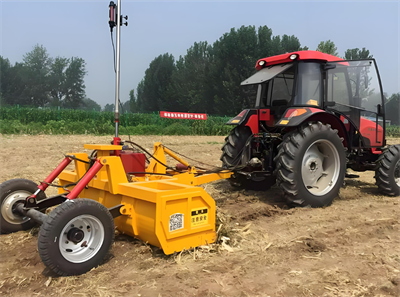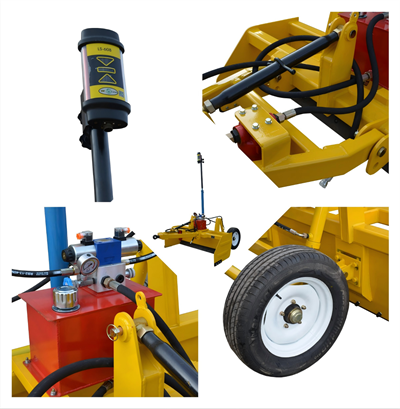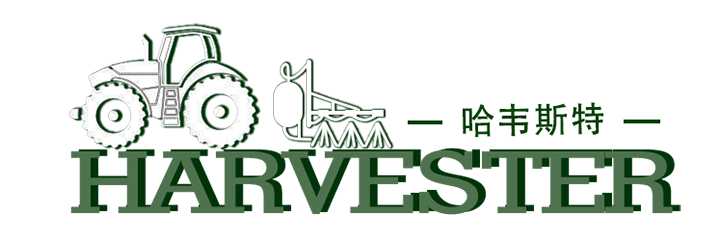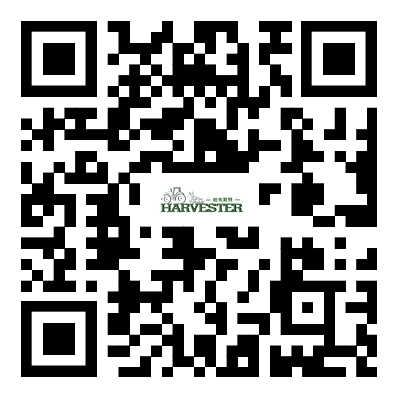How to use Laser Land Leveler?
2024-11-15
Laser Land Leveler have revolutionized modern agriculture, offering precision and efficiency in field preparation. This advanced technology employs laser-guided systems to create perfectly level surfaces, optimizing water distribution, reducing soil erosion, and improving crop yields. In this article, we'll explore the intricacies of using a Laser Land Leveler, from initial setup to maintenance. Whether you're a seasoned farmer or new to agricultural technology, it will help you to understand Laser Land Leveler better.

At the core of this Laser Land Leveler is a laser transmitter, which projects a continuous beam across the field. This beam serves as a reference point for the leveling process. The product itself is equipped with a receiver that detects this laser beam and communicates with the machine's control system. As the product traverses the field, the receiver constantly monitors its position relative to the laser beam. When discrepancies in elevation are detected, the control system automatically adjusts the scraper blade's height. This real-time adjustment ensures that soil is moved from higher areas to lower ones, creating a uniformly level surface across the entire field.

1.Operating the Laser Land Leveler
1)Initial Setup and Positioning
Proper setup is crucial for effective land leveling. Begin by positioning the laser transmitter at the highest point in the field. This placement ensures maximum coverage and accuracy. The transmitter should be securely mounted on a tripod and leveled using its built-in bubble level. Once positioned, power on the transmitter and allow it to stabilize. Next, attach the receiver to the land leveler's mast. Ensure it's at the correct height and properly aligned with the laser beam. The control box should be mounted in the tractor cab where it's easily visible and accessible to the operator. Before beginning the leveling process, conduct a final check of all connections and ensure the system is functioning correctly.
2)Leveling Techniques and Patterns
Effective land leveling requires a systematic approach. Start by creating a reference strip along the field's longest side. This strip serves as a guide for subsequent passes. When leveling, maintain a consistent speed to ensure uniform soil movement. The ideal speed varies depending on soil conditions and the amount of leveling required, but typically ranges between 4-8 km/h. Utilize a back-and-forth pattern, slightly overlapping each pass to avoid missed areas. For large fields, divide the area into smaller sections and level each separately. This approach prevents excessive soil movement and maintains accuracy. Pay special attention to field edges and corners, as these areas often require additional passes for proper leveling.
3)Monitoring and Adjustments
Continuous monitoring is essential during the leveling process. The control box display provides real-time information on blade height and field grade. Regularly check this information to ensure the leveling is progressing as planned. Be prepared to make manual adjustments if necessary, especially in areas with significant elevation changes. Monitor soil moisture levels throughout the operation. If the soil becomes too dry or too wet, it can affect the leveling quality. Adjust your schedule or techniques accordingly. Additionally, periodically check the laser transmitter to ensure it hasn't been disturbed or misaligned during the operation.
2.Regular Maintenance Procedures
Proper maintenance is crucial for the longevity and accuracy of your Laser Land Leveler. Implement a regular maintenance schedule that includes the following tasks:
1)Clean the laser transmitter and receiver lenses daily to ensure optimal performance.
2)Inspect and tighten all bolts and connections on the product regularly.
3)Lubricate moving parts according to the manufacturer's recommendations.
4)Check hydraulic fluid levels and condition, replacing as necessary.
5)Examine the scraper blade for wear and tear, replacing when efficiency is compromised.
6)Calibrate the laser system periodically to maintain accuracy.
7)Adhering to these maintenance procedures will minimize downtime and ensure consistent leveling quality.
If you want to get more information about this Laser Land Leveler, you can contact us at catherine@harvestermachinery.com.




